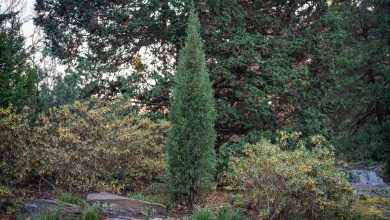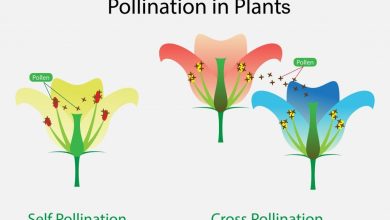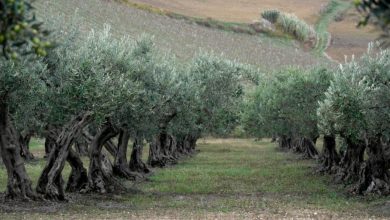Carambolo: [Cultivation, Irrigation, Care, Pests and Diseases]
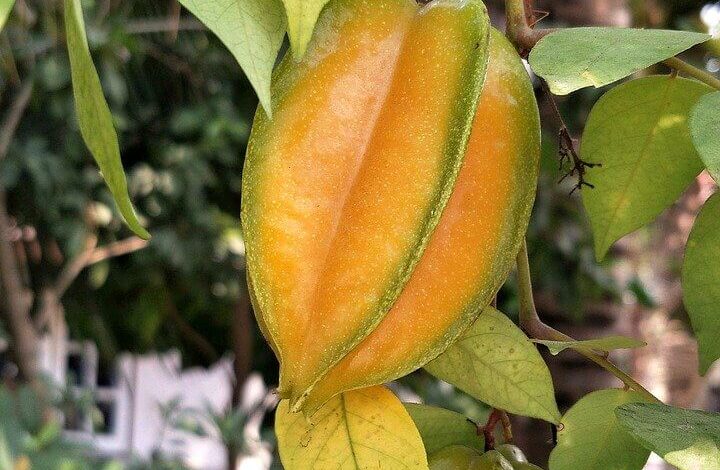
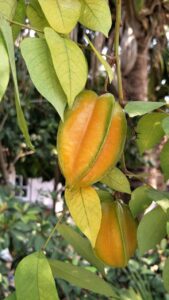 The Averrhoa carambola is a tropical fruit native to Southwest Asia. Its cultivation has spread to various countries with warm tropical and subtropical climates such as China, Malaysia, Mexico, the United States, among many others.
The Averrhoa carambola is a tropical fruit native to Southwest Asia. Its cultivation has spread to various countries with warm tropical and subtropical climates such as China, Malaysia, Mexico, the United States, among many others.
The carambolo is usually cultivated for its delicious and attractive edible fruit. However, in some countries it is administered medicinally to stop bleeding, counteract fevers, and alleviate some other discomforts.
Eating large amounts of carambola fruit can cause health damage, especially in people with kidney problems.
- Scientific name: Averrhoa carambola.
- Common name: Carambola, carambola, tamarind, cucumber tree, carambolera, carambolero, star fruit.
- Height: 8 meters.
- Light requirement: Direct light.
- Temperature: Hot climates (21ºC to 32ºC).
- Irrigation: Moderate.
- Fertilizer : Organic fertilizer.
What are the characteristics of the carambolo?
The stem of this shrub has a gray-green or brown bark. From this sprout thin branches with alternate, compound leaves, with 5 to 11 pale green leaflets; These are light sensitive and fold at night.
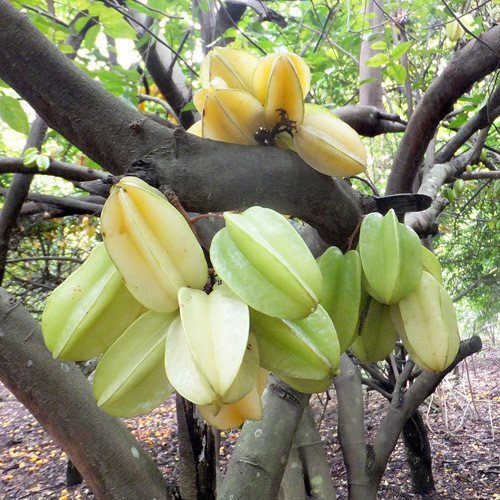
The flowers of the carambolo are small, pink, red or purple , and are composed of 5 petals, 5 sepals and 5 stamens. All of them are grouped in copious clusters and bloom throughout the year.
The fruit is a fleshy berry with a waxy skin and yellow color. It has 5 longitudinal vertices which form the shape of a star when cut perpendicularly. It is 5 to 15 centimeters long and 3 to 6 centimeters wide.
Inside, it contains two seeds in each rib, producing up to 12 seeds in its entirety. However, these quickly lose their viability as soon as they are extracted from the fruit.
When to sow the carambolo?
Where to plant the carambolo?
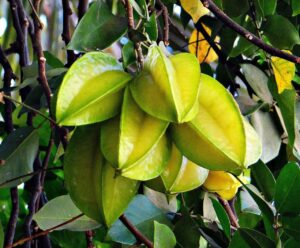 The carambolo is a shrub that grows in tropical , subtropical climates . It needs to have humidity in the environment and be located in areas where the rains are medium to high.
The carambolo is a shrub that grows in tropical , subtropical climates . It needs to have humidity in the environment and be located in areas where the rains are medium to high.
The optimum temperature for its growth is in a range of 21ºC to 32ºC. Likewise, it should not be sown in places with temperatures below 15ºC, as growth and flowering will stop.
Hot, dry winds are not beneficial for the carambolo. It must be protected from strong gusts of wind and must not be exposed to frost, as below -2ºC the tree could die.
Likewise, it must be established in areas with high solar radiation, above 2,000 hours of sunlight per year; so it will be important to keep it free from the shade of other larger species.
How to prepare the land?
It vegetates best in soils with a loamy texture, or those slightly sandy-clayey, well drained, even tolerating puddles. It adapts to moderately acidic to neutral soils, with the ideal pH being 5.5 to 6.5.
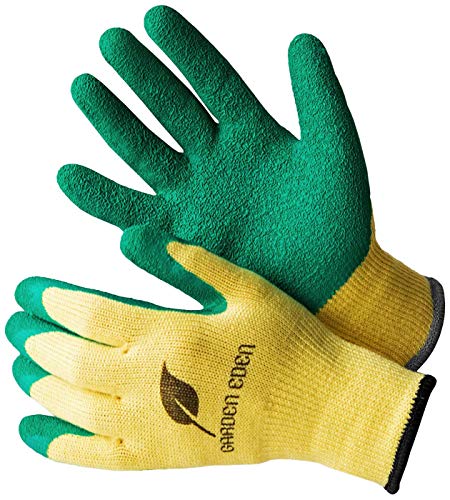
This tree needs the application of organic fertilizer to fruit properly. For young trees, it should be applied once every 1 to 2 months. In the case of adult trees, it should be applied 4 or 6 times a year.
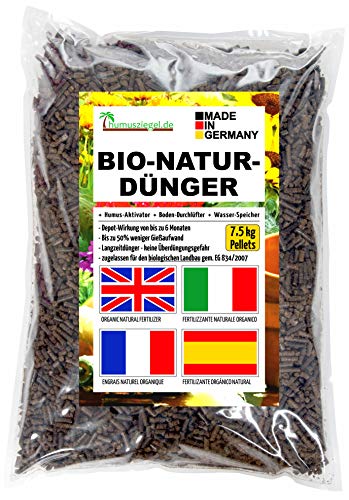
How do we water the carambolo?
How often do we water the carambolo?
The carambolo does not tolerate drought, so irrigation should be applied regularly. In the case of young trees, they should be watered every 2 days after planting, until they become established. In contrast, the most mature trees should be watered every 2 days during the flowering and fruiting period.
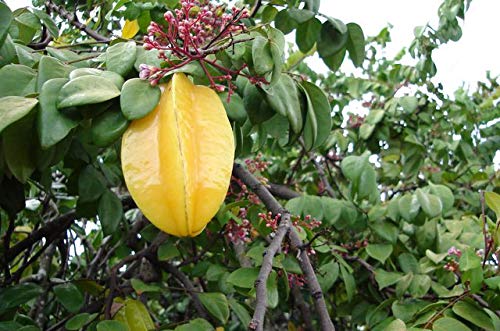
How to sow step by step?
The carambola can be cultivated by means of seeds and grafts. Instructions for growing by both methods are shared below.
By seed
- Seed viability lasts only a few days, do so almost immediately after harvesting.
- Remove the aril from the seed, dry them in a ventilated environment without direct sunlight.
- Place the seed on humid peat, during a warm season. Cover it lightly with substrate, half a centimeter, and apply water 2 times a week.
- Cover the area with a mesh of 50% shade and wait 1 week in summer and 2 or 3 during winter , for them to germinate.
- Transplant carefully to containers with light and sandy substrate as soon as they reach 15 to 20 centimeters in height.
- Transplant to its final place at 6 or 12 months of age.
By lateral graft
- Select a young tree that will function as a pattern.
- Cut a graft branch, or beret, with 3 or more buds, from another healthy tree.
- Remove stems and leaves from the beretta, and make a shallow cut in the twig of 5 to 7 centimeters, keeping a couple of buds intact.
- Make a shallow cut in one side of the master tree, 5 to 7 centimeters long, and leave a 1 centimeter bark tab at the bottom of the cut.
- Make a slanted cut at the base of the beretta that conforms to the shape and size of the reed of the master tree.
- Splice the beret with the master tree with the help of half-inch grafting tape.
- Wait a couple of weeks until the scar has developed at the junction and the buds have started to grow.
What care does the carambolo need?
The carambolo can be a plant delicate, especially during the early months of growth. Due to the above, it must be handled with care and grown in places protected from cold, strong gusts of wind and dry heat.
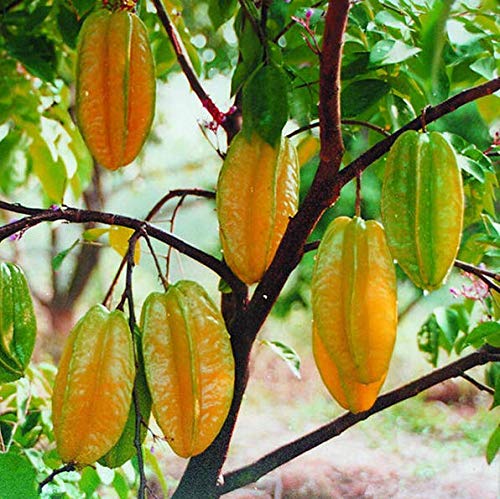
What pests and diseases affect carambola?
The carambolo may be primarily affected by the fruit fly , a pest that can be controlled by light traps, baits and organic or chemicals.
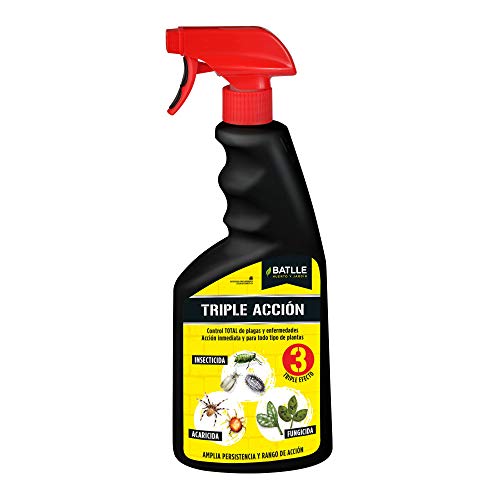
Among the diseases are those produced by the fungi Cercospora averrhoae, Botrytis, Alternaria, Colletotrichum, among others.

